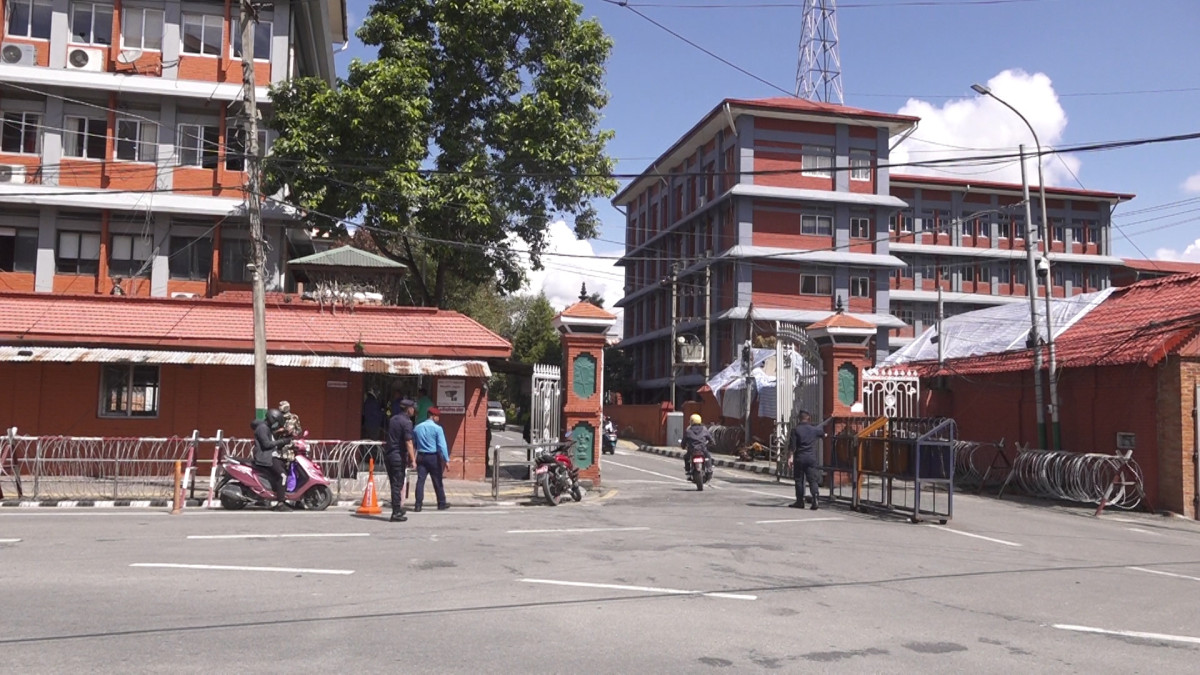KATHMANDU—
Activity is resuming in full swing across Nepal’s government offices, including the central administrative complex, Singha Durbar, as the public holiday period for the great 15-day Dashain festival has officially concluded.
The main Dashain Tika ceremony was held on Asoj 16 (October 2). The government had granted an extended public holiday from Fulpati (the seventh day) through Dwadashi (the twelfth day).
With the holiday period over and weather conditions improving in the capital, government employees have returned to their posts. Personnel are back inside the previously silent and deserted Singha Durbar, marking the return to routine governance and the start of a busy work week focused on administrative backlog and disaster response.
The Conclusion: Kojagrat Purnima
While office work resumes, the full 15-day Dashain festival formally comes to an end today with the observance of Kojagrat Purnima (the full moon day).
The tradition of receiving Tika and Jamara (sacred barley shoots) from elders, which began on Bijaya Dashami, officially concludes on this final day. Relatives who could not visit earlier are traveling today to receive the final blessings from their family elders.
Kojagrat Purnima holds special religious significance:
- Worship of Mahalaxmi: Devotees are worshipping Mahalaxmi, the goddess of wealth and prosperity.
- Overnight Vigil: The term Kojagrat means “who is awake.” It is believed that Goddess Mahalaxmi tours the earth on this full moon night and blesses those who stay awake (keep vigil) and worship her with wealth and good fortune.
- Immersion of Offerings: The Jamara and other consecrated materials from the Dashain Ghar (the prayer room established on the first day) are formally disposed of in sacred rivers and water sources, signaling the complete conclusion of the festival cycle.
Administrative Challenges Remain
The resumption of work at Singha Durbar comes with significant logistical challenges following the Gen-Z protests and subsequent arson in early September.
The Prime Minister’s Office, along with several other ministry buildings within the complex, sustained severe damage. Employees are returning to offices that require extensive cleanup, and the rebuilding of the historic administrative center is expected to be a major, long-term undertaking.
Furthermore, government efforts are heavily concentrated on the recovery from recent weather-related disasters. Heavy rainfall and widespread floods and landslides in the past few days have disrupted essential services and transportation networks across the country, requiring urgent focus from central administration.
With the resumption of government work and the final rituals of Kojagrat Purnima, Nepal transitions out of its longest and most cherished festival season and back to the pressing issues of governance and national recovery.


